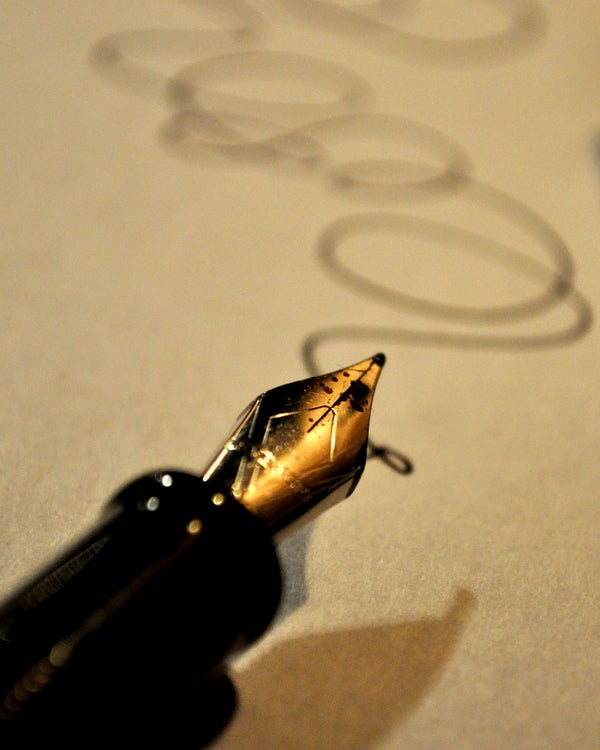This article was published in Scientific American’s former blog network and reflects the views of the author, not necessarily those of Scientific American
The pollution coming out of your tailpipe could be recycled into high-quality ink according to a group of researchers from the Massachusetts Institute of Technology.
Their “KAALINK” device hooks onto the vehicle’s tailpipe and captures some of the air pollution produced by the combustion engine. This “soot” is then recycled into high-quality ink.
This “soot” is really particulate matter air pollution that is produced by the vehicle’s engine. These tiny particles cause asthma and other respiratory illnesses, lung cancer and cardiopulmonary mortality. Globally, an estimated 2 million premature deaths result from people breathing in particulate matter air pollution.
On supporting science journalism
If you're enjoying this article, consider supporting our award-winning journalism by subscribing. By purchasing a subscription you are helping to ensure the future of impactful stories about the discoveries and ideas shaping our world today.
According to the developers of the KAALINK technology, about 45 minutes of driving will produce 30 milliliters (ml) of ink. A typical ballpoint pen holds about 0.25 milliliters of ink – meaning that one vehicle can produce almost 3 pens worth of ink per minute.
